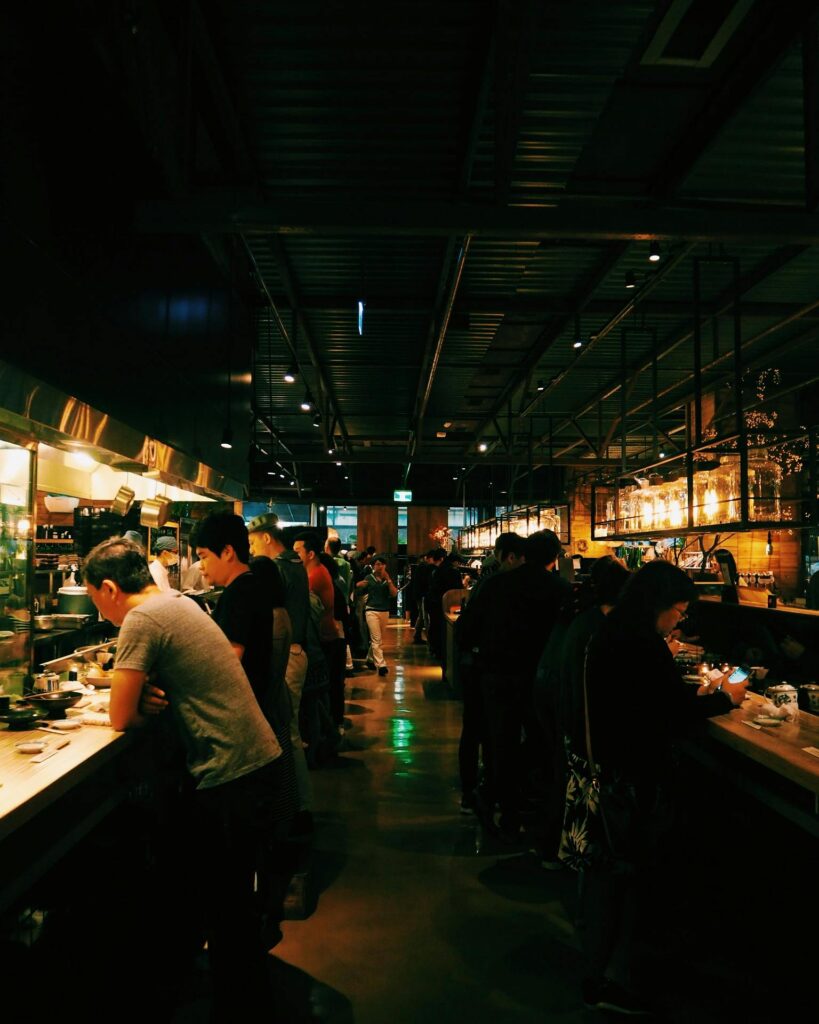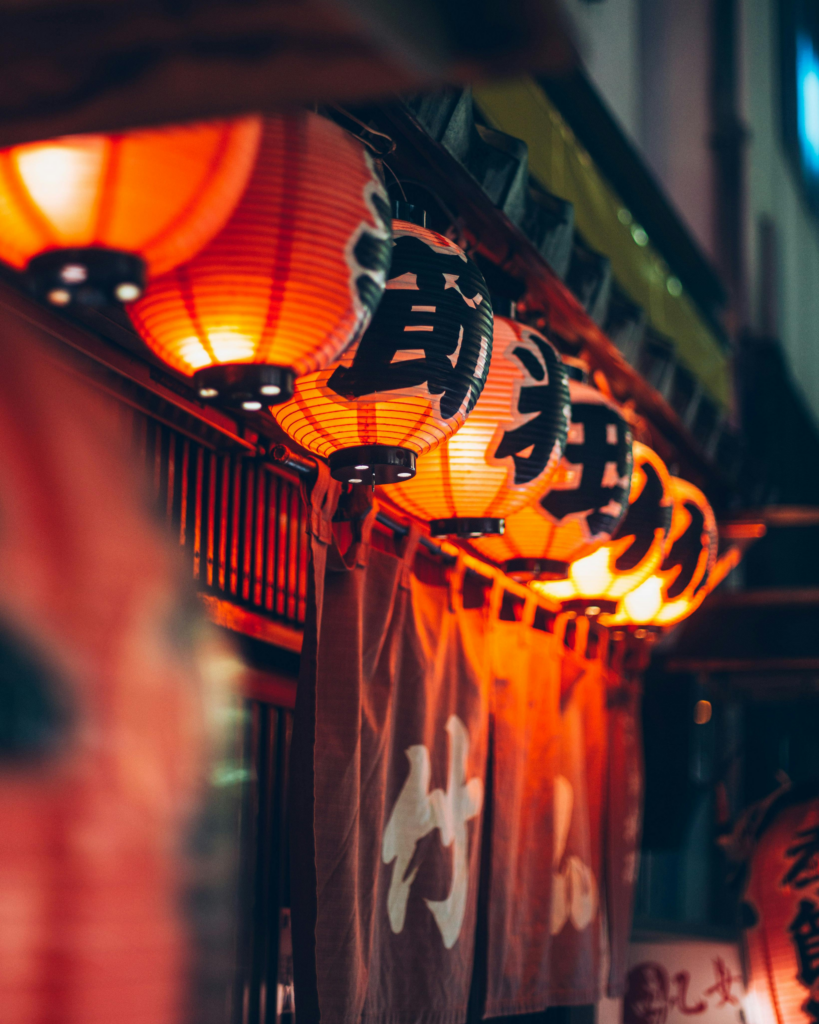Ramen, now one of Japan’s most beloved dishes, has a surprisingly global history, blending Chinese influences with Japanese culinary innovation.
Origins: Chinese Roots (19th – Early 20th Century)
Ramen’s origins trace back to China, where wheat-based noodle soups had been eaten for centuries. In the late 1800s to early 1900s, Chinese immigrants brought lamian (hand-pulled noodles) to Japan, particularly in port cities like Yokohama, Kobe, and Nagasaki. These noodle dishes, served in a simple broth with roast pork (char siu), became popular in Chinese-owned food stalls, often called shina soba (支那そば), meaning “Chinese-style noodles.”


Rise of Ramen in Japan (1910s – 1940s)
The first recorded Japanese ramen shop opened in 1910 in Tokyo, run by Japanese chefs trained by Chinese immigrants. This early version of ramen featured broth flavored with soy sauce (shoyu) and topped with simple ingredients like sliced pork, bamboo shoots, and green onions.
After World War II, ramen became more widely available, as American food aid introduced wheat flour, making noodles cheap and accessible. The black market and street food culture also boosted ramen’s popularity, as it was an affordable and filling meal for the working class.
The Instant Ramen Revolution (1958)
In 1958, Momofuku Ando, a Taiwanese-Japanese inventor, changed food history by creating instant ramen under the Nissin brand. His first product, Chikin Ramen (Chicken Ramen), was an instant noodle that could be prepared just by adding hot water. Later, in 1971, he introduced Cup Noodles, making ramen even more convenient and globally popular.
Ramen as a Culinary Art (1980s – Present)
By the 1980s, ramen had transformed from a street food staple to a gourmet dish, with regional varieties developing across Japan. Chefs experimented with broths, toppings, and noodle textures, leading to specialized ramen shops (ramen-ya). Some of the most famous regional styles include:
- Shoyu Ramen (Tokyo): Soy sauce-based broth with a clear, savory flavor.
- Miso Ramen (Sapporo, Hokkaido): Thick, rich miso-based broth, often with butter and corn.
- Tonkotsu Ramen (Hakata, Fukuoka): Creamy, pork bone-based broth with thin, straight noodles.
- Shio Ramen (Hakodate, Hokkaido): Salt-based broth, light and delicate in taste.
- Tsukemen (Dipping Ramen): Thick noodles served separately from a concentrated dipping broth.
In the 21st century, ramen became a global phenomenon, with ramen shops opening worldwide, and Japan’s love for the dish deepened with ramen museums, specialty festivals, and even Michelin-starred ramen restaurants.